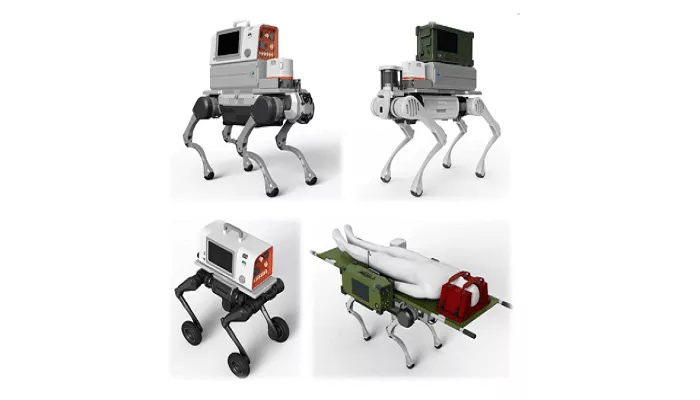China State Shipbuilding Corporation’s Haishen Medical Technology Co. has introduced the world’s first emergency medical rescue drone, designed to operate in extreme disaster environments and provide life-saving care on the spot.
The drone features advanced medical functions, including respiratory support, intravenous infusion, vital signs monitoring, defibrillation, and real-time video communication. It was developed in collaboration with the Chinese Academy of Sciences and other industry partners.
Huang Yuhong, chairman and chief engineer of Haishen Medical Technology, said the drone is built to carry out search and rescue missions in harsh environments. It can operate in conditions ranging from salty seas and high humidity to extreme temperatures between -25°C and 46°C, and at altitudes up to 5,000 meters.
Weighing 600 kilograms with a payload of 300 kilograms, the drone combines autonomous features like waypoint navigation and hovering with remote ground control. Huang said the system allows for rapid deployment during natural disasters and epidemics, enabling both search and rescue and emergency medical treatment.
“This drone is a fusion of medical technology and intelligent robotics,” Huang said. “It represents a major step forward in boosting China’s emergency response capacity and sets a new standard for global rescue efforts.”
In addition to the drone, the company also presented its newest emergency rescue robots at the China International Medical Equipment Fair this week. Developed with partners such as DEEP Robotics, these robots showcased their agility by climbing stairs and navigating complex terrain during live demonstrations.
The robots are designed to provide emergency care at the scene. They can carry injured individuals on stretchers and use portable equipment to deliver treatment immediately. Equipped with 5G technology and built with enhanced stability and load-bearing capacity, the robots mark a significant improvement over earlier versions.
Looking ahead, Huang said the company plans to integrate advanced technologies such as biomanufacturing, quantum computing, and 6G into future rescue systems. Experts from the Chinese Academy of Engineering noted that these intelligent systems are expected to greatly strengthen China’s overall emergency medical response capabilities.


